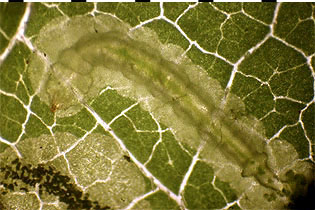
Figure 1. Phyllocnistis vitifoliella. Larva in leaf mine on grape, Vitis sp. (Vitaceae).
This group is sometimes placed outside Gracillariidae in its own family, Phyllocnistidae. It is represented in North America by one genus, Phyllocnistis, several species of which occur in Illinois.
The larva of Phyllocnistis (Fig. 1) is highly modified for the leaf-mining mode of life. It is almost transparent, with all appendages reduced, and with a prominent lateral projection on either side of the abdomen near the caudal end.

Figure 1. Phyllocnistis vitifoliella. Larva in leaf mine on grape, Vitis sp. (Vitaceae).
Larvae of Phyllocnistis make elongate "serpentine" track mines, much in the fashion of some of the Nepticulidae. Unlike nepticulids, however, larvae of Phyllocnistis remain in the leaf mine to pupate, in a small silken chamber located at the distal end of the track mine (Fig. 2). One to many individual mines may occur per host leaf, usually on the upperside, but sometimes on the underside of the leaf as well (especially in "spillover" cases, where there are so many overlapping mines on the upperside of a leaf that virtually its entire surface is occupied).
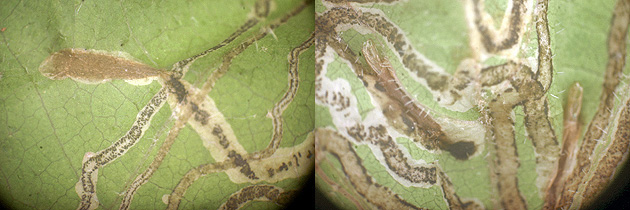
Figure 2. Phyllocnistis vitifoliella. Pupal chamber at distal end of leaf mine on grape, Vitis sp. (Vitaceae). Left, closeup of a single chamber from which the adult has not yet emerged; right, area of mined leaf showing two chambers from which adults have emerged, as indicated by the protruded pupal exuviae.
Adults of Phyllocnistis are very small gracillariids, slightly smaller even than typical lithocolletines such as Phyllonorycter and Cameraria. The pattern and coloration on the forewing of the "white" Phyllocnistis spp. are superficially reminiscent of those of Coptodisca (Heliozelidae). Adults of Phyllocnistis, unlike those of Gracillariinae or Lithocolletinae, sit "level" on the substrate, with neither end of the body elevated (Fig. 3). Most species of Phyllocnistis are white moths that feed as larvae on woody plants, but one species is brightly colored and feeds on herbaceous composites.
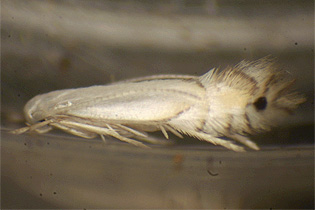
Figure 3. Phyllocnistis vitifoliella. Live adult, reared from larva in leaf mine on grape, Vitis sp. (Vitaceae).
Phyllocnistis insignis (Fig. 4) feeds on forbs in the family Asteraceae. In Illinois, it has been reared from butterweed, Packera glabella (formerly Senecio glabellus), and pale Indian-plantain, Arnoglossum atriplicifolium (formerly Cacalia atriplicifolia), with leaf mines first appearing during the summer months. Adult moths emerge from leaf mines collected as late as mid-October; this suggests that the moth overwinters in the adult stage. The bright coloration of this species is anomalous; all other Illinois species of Phyllocnistis are white moths that are nearly indistinguishable from each other in appearance.
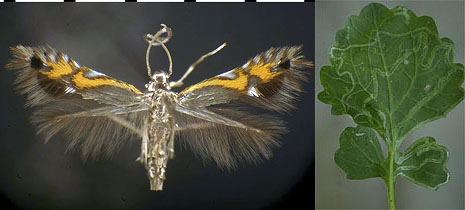
Figure 4. Phyllocnistis insignis. Adult, and leaf mine on butterweed, Packera glabella (Asteraceae).
The "white" Phyllocnistis species (i.e., those other than P. insignis) are so similar in appearance (and even in genital morphology) that rearing is the only means by which to collect definitively-identifiable representatives. A typical example is seen in Fig. 5. The leaf mine of P. vitifoliella (Fig. 6) occurs on grape, Vitis sp. (Vitaceae). Those of P. liriodendronella and P. populiella appear on tulip tree, Liriodendron tulipifera (Magnoliaceae), and cottonwood, Populus deltoides (Salicaceae), respectively (Fig. 7).
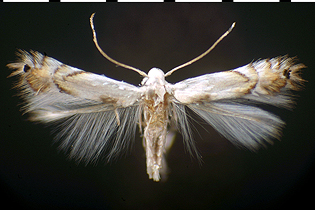
Figure 5. Phyllocnistis sp., one of the "white" species. Adult, collected at light.
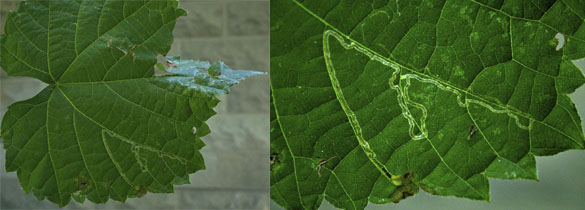
Figure 6. Phyllocnistis vitifoliella. Leaf mine on grape, Vitis sp. (Vitaceae).
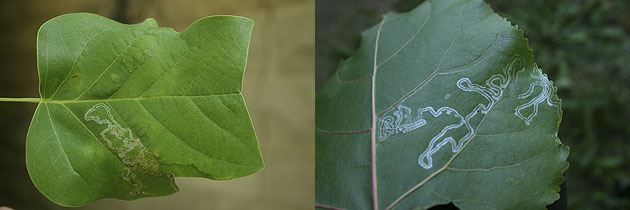
Figure 7. Phyllocnistis leaf mines. Left, P. liriodendronella on tulip tree, Liriodendron tulipifera (Magnoliaceae); right, P. populiella on cottonwood, Populus deltoides (Salicaceae).